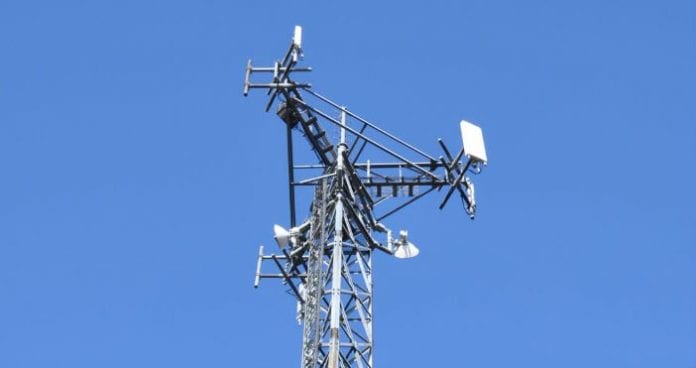Last year, active tower sites in the U.S. declined for the first time ever, according to analysts at SNL Kagan, but the setback is expected to be temporary. The tower business is healthy, but it is also going through some big changes. Three of those changes are outlined below.
1. A handful of companies own most of the towers
According to SNL Kagan, there are just over 150,000 wireless towers in the United States. Roughly 100,000 of those are owned by the top five owners: American Tower, Crown Castle, SBA Communications, U.S. Cellular and Vertical Bridge, according to the latest ownership report from Wireless Estimator.
The biggest recent changes in tower ownership have been the exits of AT&T Mobility and Verizon Wireless from the market. AT&T sold its towers to Crown Castle and Verizon Wireless sold its towers to American Tower. Smaller tower owners have also been selling, often to Vertical Bridge, propelling that company into the top five.
With less competition, some carriers may find themselves paying higher prices for tower space. Alan Jones, SVP at C Spire Wireless, said less competition can be negative for carriers, but there are also some positives to the consolidation of tower assets.
“It brings to the industry some standard practices, standardized information,” Jones said. “It does sort of bring some good things to the businesses as far as really starting to get some standardization as far as what’s needed for the tower owners from the carriers.”
For insight from tower company executives, download our recent feature report and webinar on wireless infrastructure services.
2. Contractors are managed more carefully.
The pressure to bring service to new markets has made operators focus on wireless infrastructure and the people who deploy it. At the same time, safety concerns have encouraged tower owners and carriers to pay more attention to the qualifications of their contractors.
“We’re more vigilant about the contractors that we let on our sites,” said SBA Communications CEO Jeffrey Stoops. “There’s a groundswell now of support from all areas for improved recognition of the problems, figuring out the solutions and then implementing the solutions, and then holding people accountable and not letting the folks who have bad safety records basically do work in the industry. That’s sometimes hard and that’s not anybody’s first choice but sometimes it has to be done.”
3. Training is becoming more standardized.
When it comes to workforce training, the wireless industry has the federal government’s attention, thanks largely to the efforts of industry association PCIA.
“The White House sees broadband as having a special role in economic development because every industry depends upon it,” said PCIA CEO Jonathan Adelstein.
The Department of Labor has awarded more than $5.7 million for wireless training programs, including $750,000 to help PCIA establish curricula for wireless training. The grant comes through the Department of Labor’s trade adjustment assistance community college and career training grant program.
PCIA has partnered with Virginia State University, Texas A&M University and South Carolina’s Aiken Technical College to create curricula and to focus on bringing veterans into the wireless workforce. The White House has said that 250,000 veterans are coming out of the Department of Defense each year, and wireless industry professionals have repeatedly said that veterans make great hires.

